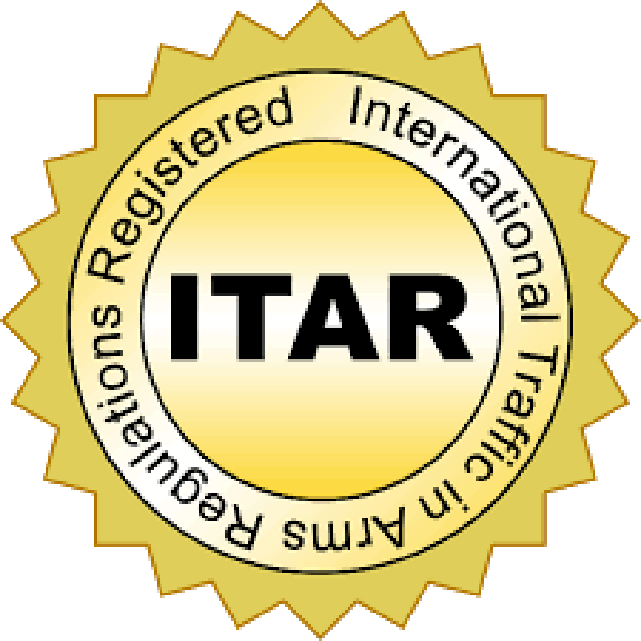How To Prototype Circuit Boards
Printed circuit boards (PCBs) are mechanical support and electrical interconnect platforms for electronic components. These components are connected by conductive paths, tracks, and pads etched onto copper sheets before being laminated onto a non-conductive substrate. The boards vary in shape, size, and complexity and are utilized in various applications, including smartphones, computers, and automobiles.
This article will contrast PCB prototypes versus full-spec manufacturing to help you decide which is best for your application. We will also discuss how to prototype circuit boards.
Difference Between PCB Prototyping and Full-Spec Production
PCB prototyping and full-spec production represent two distinct phases in the manufacturing process of PCBs. Prototyping is the initial stage where a designer creates a board prototype to test its functionality and performance. This is typically done using small-scale production methods, such as hand assembly or small-batch fabrication.
In contrast, full-spec production involves manufacturing many boards according to the final specifications. This stage requires sophisticated production equipment and processes to ensure consistent quality and performance across all boards. Moreover, it is done at a lower cost per unit than prototyping but requires a higher initial investment in tooling and equipment.
Prototyping a circuit board may seem challenging, particularly for those new to electronics design. Nevertheless, following a step-by-step guide can help to create functional prototype circuit boards and bring an electronics project to life. Here is an eight-step process to follow:
Step 1: Designing the Schematic
A schematic is a visual depiction of the connections between the components in a circuit, serving as a guide for creating the layout. It enables the designer to understand the interrelations among the parts, their purposes, and the inputs and outputs of the circuit. Moreover, schematic capture tools are software for designing schematics by creating graphical illustrations of electronic circuits.
Step 2: Creating the PCB Layout
Creating the PCB layout involves placing the circuit components onto the board and routing the electrical connections between them. It also entails determining the optimal location of the parts to ensure efficient use of space and minimal interference. This can be accomplished by employing layout software with a graphical user interface to help meet any design limitations.
Step 3: Generating the Files
The manufacturing files typically include the Gerber files, industry-standard file formats used for PCBs. These files provide a detailed layout description, including the component placement, the electrical connections, and the drill holes. The manufacturing files also include a Bill of Materials (BOM), which lists all the components used in the circuit design.
Step 4: Choosing the Prototyping Method
Several prototyping methods are available, including breadboarding, per boarding, and PCB fabrication. The method chosen depends on the specific requirements of the design, such as complexity, size, and budget. For example, PCB fabrication is preferred for complex structures, while breadboarding and perf boarding are suitable for simpler designs or quick prototyping.
Step 5: Manufacturing the PCB
If breadboarding or perf boarding was chosen as the prototyping method, the board could be fabricated using a perf board or a breadboard, respectively. This involves placing and soldering the components onto the board to create a functional prototype. However, If PCB fabrication was chosen, the generated files are used to create the artwork before manufacturing.
Step 6: Drilling the Holes
In this step, holes are drilled at the locations specified in the design. The size and depth of the holes often depend on the component specifications and the thickness of the PCB substrate. Furthermore, the holes are plated with metal to ensure a good electrical connection between the component and the trace.
Step 7: Soldering the Components
Soldering is electrically connecting the component leads to the PCB traces using molten solder. This requires precision and accuracy to ensure the elements are properly aligned, and the solder joints are strong and reliable. Using the correct technique and temperature is also important to avoid damaging the components or the board.
Step 8: Testing the Prototype Circuit Board
It is important to perform thorough testing to ensure the board functions correctly before using it in a final product or project. This can also help identify and correct any errors or defects, and it can improve the circuits quality and reliability. Examples of testing methods include visual inspection, functional testing, and electrical testing.
TBR Electronics: Your Partner for PCB Manufacturing and Assembly Services
With over 30 years of experience in PCB manufacturing and product assembly, TBR Electronics is committed to providing exceptional service beyond design approval! Our expert team will work closely with you throughout production, ensuring that everything meets our quality standards and exceeds your expectations.
Contact us to learn more about our premium services, or request a quote to partner with us!

